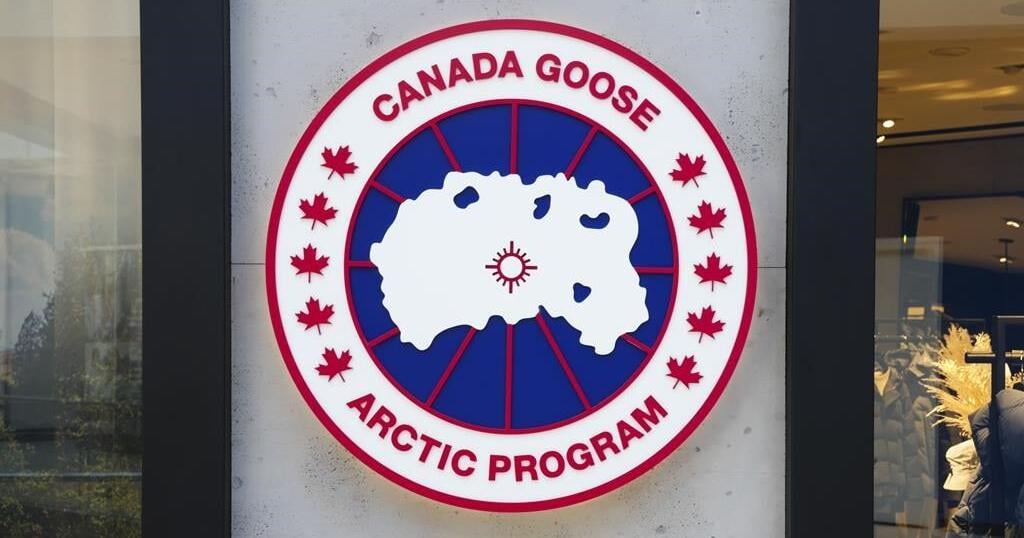Immigration is a big part of Canada’s identity as a nation. Since the nation’s inception in 1867, immigrants have played a key role in shaping the country into the unique society it is today. Today, more than 8 million immigrants live and work in Canada, making it home to the eighth largest immigrant population in the world.
Breaking Down Immigration Policy in Canada
The Canadian immigration system is administered by Immigration, Refugees and Citizenship Canada (IRCC). In addition to issuing travel documents and managing citizenship approvals, the IRCC is responsible for developing and implementing Canada’s immigration policies.
Under Canadian law, permanent immigrants are assessed by the IRCC based on their skills, family ties, and humanitarian needs. The principal categories of permanent immigration to Canada are family class, economic class and refugee or humanitarian class.
As the name suggests, the family class facilitates family reunification for spouses and children of Canadian citizens and permanent residents. The economic class is reserved for skilled workers, including high-tech professionals, businesspeople and investors, and low-skilled workers in critical occupations. Finally, the refugee and humanitarian classes provide a pathway for the immigration of refugees and other individuals seeking relocation on compassionate grounds, including those who have been forced to flee their home country due to persecution, war, or violence.
As per the latest Immigration Levels Plan 2022-24, IRCC will welcome 431,645 new permanent residents in 2022, 447,055 in 2023 and 451,000 in 2024. By the end of 2024, the Canadian government expects approximately 1.5 million new permanent residents.
According to the Immigration Levels Plan, approximately 60% of the permanent residents to be admitted to Canada between 2022 and 2024 will be categorized as economic class immigrants. To streamline the processing of economic class immigrants, the IRCC has established a range of different sub-programs under the economic class, including:
- The Federal Skilled Worker Program, which is designed to attract high-skilled immigrants.
- The Canadian Experience Class, which is designed for people who already have skilled work experience in Canada, including foreign graduates and workers employed in a temporary capacity.
- The Self-Employed Persons Class, which facilitates the admission of individuals capable of supporting themselves and their immediate families by generating income through their own business activities. This class is especially designed to attract individuals who can make a significant contribution to the Canadian economy through cultural pursuits and agricultural ventures.
- The Provincial Nominee Program, which enables the admission of new permanent residents to specific provinces and territories, including Nova Scotia, Alberta, and New Brunswick. The Provincial Nominee Program allows prospective immigrants to express interest in nomination by a specific province or territory, with provincial governments using the program to recruit and retain talented immigrants in key sectors. Just recently, Alberta and British Columbia announced the issuance of over 100 invitations under the Provincial Nominee Program.
Given the growing popularity of the Provincial Nominee Program, it’s worth taking a look at some of the key considerations to keep in mind when comparing potential provinces. Two of the most common factors that tend to influence the ranking of a province are the quality of the job market and the competitiveness of their wage and tax laws.
Let’s take minimum wage as an example. In Alberta and Ontario, the standard minimum wage is 15 CAD per hour. In Quebec, it’s even lower at 14.25 CAD per hour. British Columbia, however, supports a slightly higher minimum wage of 15.20 per hour, with a planned increase to 15.65 CAD expected in the near future. While these differences may seem small, they can have a significant impact on financial security for new immigrants. For example, someone working a 40-hour week at the minimum wage in Quebec would make $29,640 CAD before taxes. In Alberta and Ontario, the same person would make $31,200 CAD. Working the same number of hours in British Columbia, however, would result in an annual salary of $32,552.
Variation in provincial income taxes is another major consideration, with Quebec and Alberta having relatively high provincial income tax rates of 15.00% and 10.00% respectively. Compared to British Columbia, where the income tax rate starts at 5.06% and tops out at 20.50%, it’s easy to see why so many immigrants are expressing interest in relocating to cities like Victoria and Vancouver.
The Bottom Line
Immigrants have founded and run Canadian businesses, raised families, served in the military and government, and excelled in countless other fields. They have helped build Canada into the prosperous nation it is today.
With programs like the Provincial Nominee Program, immigrants applying for permanent residency in Canada now have more agency than ever before when it comes to choosing where they call home. However, with so many options and such a long list of requirements, it can be overwhelming to know where to begin. The key is to identify which province or territory is best suited for your lifestyle goals, professional skills, and financial needs. It all comes down to your priorities, and the best way to determine which province is best for you is to do your research and weigh the benefits and drawbacks of each option.
Related
































